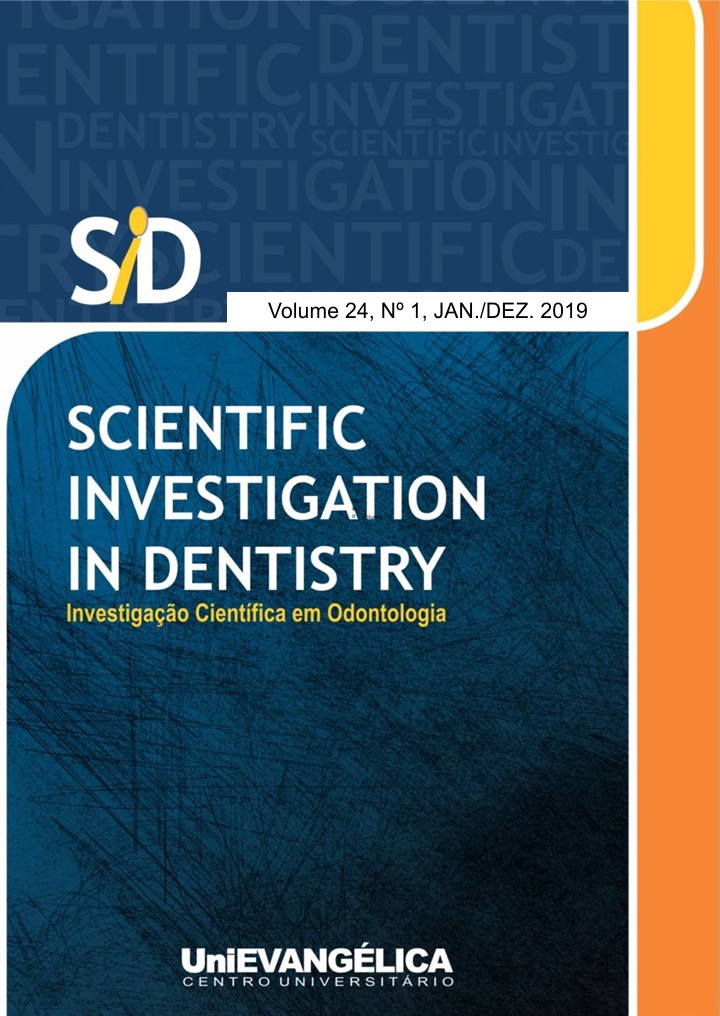GRANULOMA PIOGÊNICO EM LÍNGUA: RELATO DE CASO
DOI:
https://doi.org/10.37951/2317-2835.2019v24i1.p31-37Resumo
O Granuloma Piogênico é um processo proliferativo não neoplásico. Clinicamente, a lesão se apresenta
como um nódulo ou pápula, séssil ou pedunculada, com coloração variante do rosa ao arroxeado, sendo
normalmente assintomática e bastante vascularizada. Sua etiologia ainda não é bem delimitada, entretanto
há discussões sobre sua relação com a gravidez, bem como algumas indicações de seu surgimento após
um evento traumático. A minuciosa avaliação dos sinais clínicos, história da doença, bem como o histológico
é indispensável para o correto diagnóstico. Esse trabalho tem como escopo relatar um caso de Granuloma
Piogênico em uma localização incomum, a língua, e discutir sobre a conduta tomada para realização de um
diagnóstico e tratamento correto. O paciente em questão relatava sintomatologia dolorosa. Ao exame
intrabucal, havia uma lesão nodular do lado esquerdo, na borda lateral da língua, de coloração
avermelhada, com pequenos pontos ulcerados, base pedunculada, tamanho aproximado de 2cm. A
principal hipótese de diagnóstico foi Granuloma Piogênico, porém, sem descartar outras, por exemplo,
carcinoma espinocelular, sarcoma de Kaposi e hemangioma. Através da biópsia excisional, contatou-se
Granuloma Piogênico.
Downloads
Publicado
Edição
Seção
Licença
Declaro que o trabalho de minha autoria foi submetido apenas para este periódico e por isto, não sendo simultaneamente avaliado para publicação em outra revista. Nós autores, acima citados, assumimos a responsabilidade pelo conteúdo do trabalho submetido e confirmar que o trabalho apresentado, incluindo imagens, é original. Concordamos em conceder os direitos autorais ao periódico Scientific Investigation in Dentistry.

